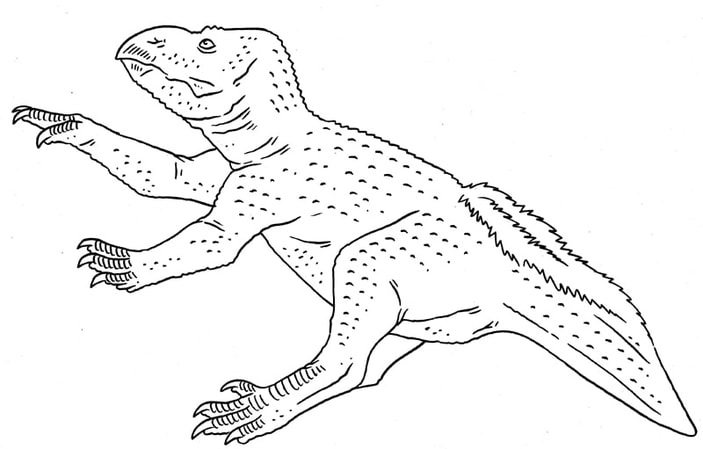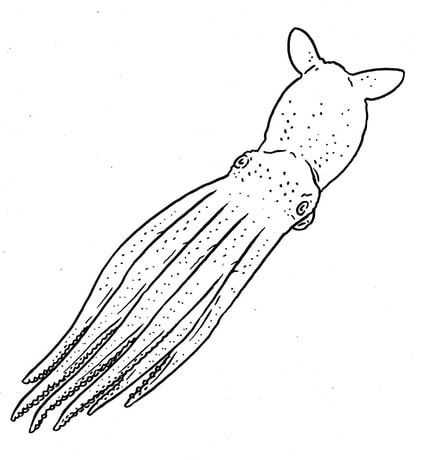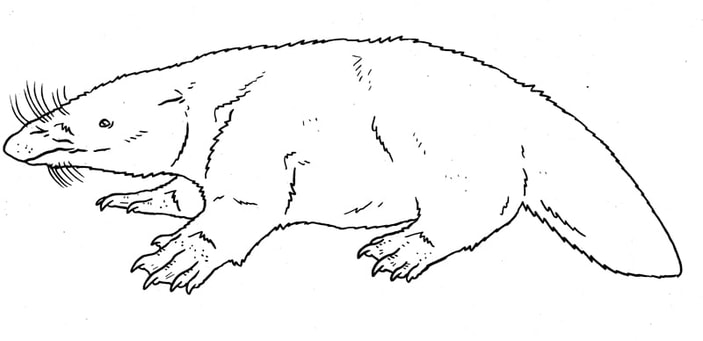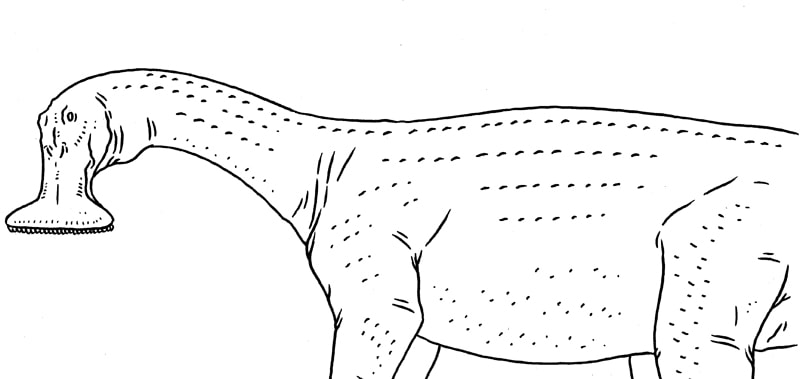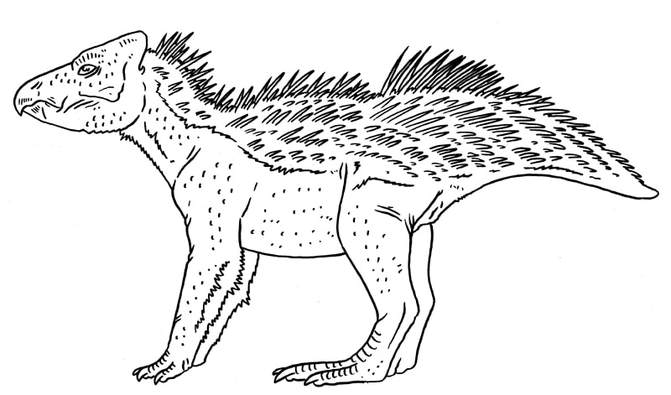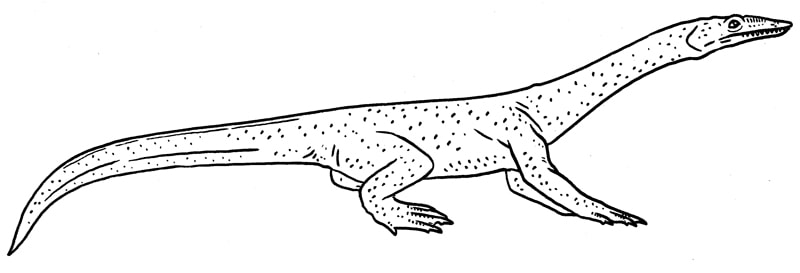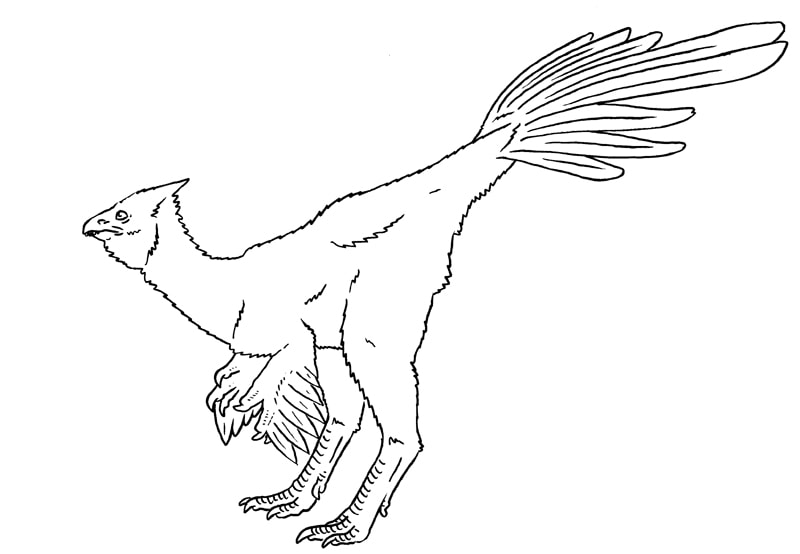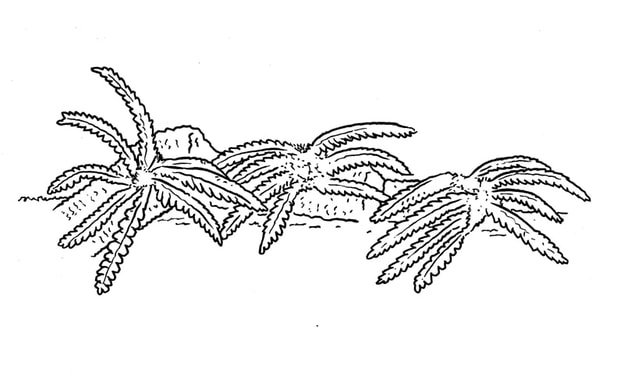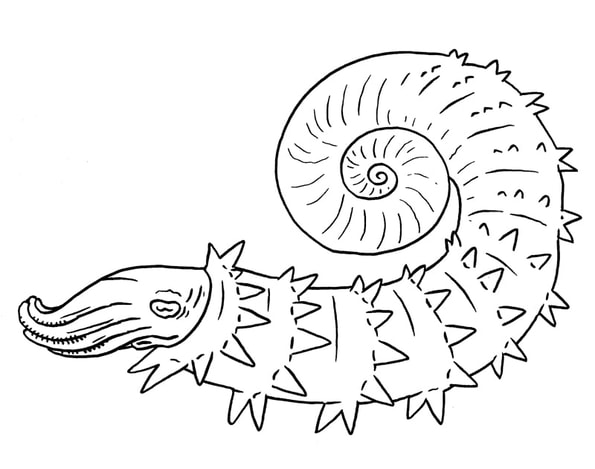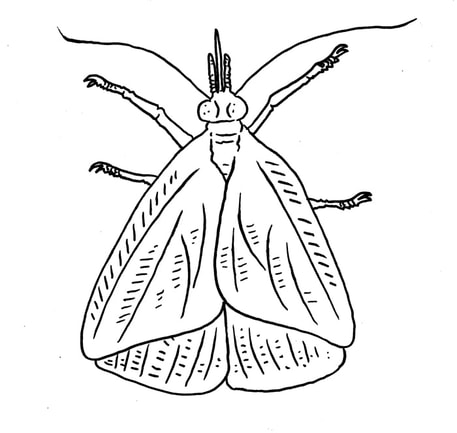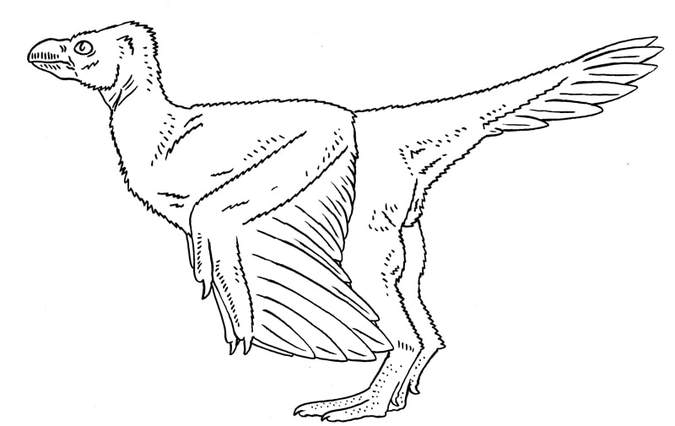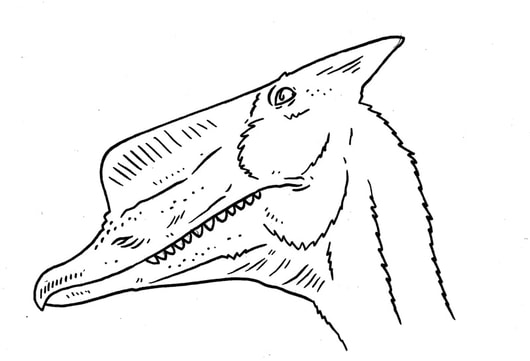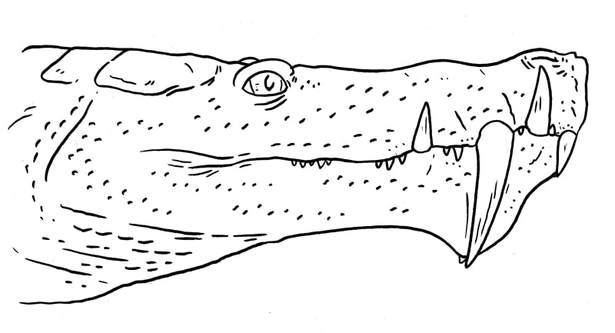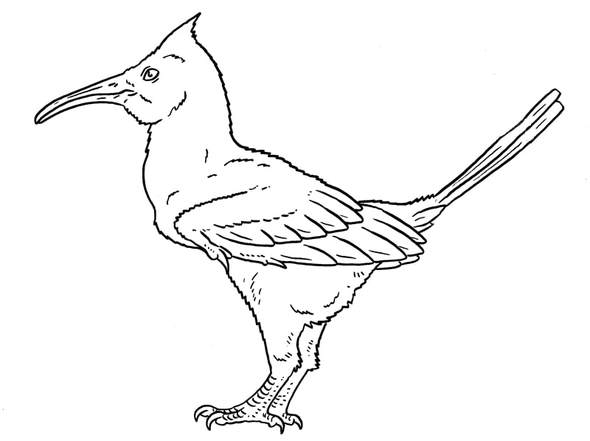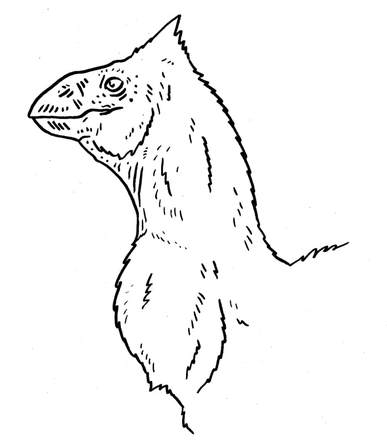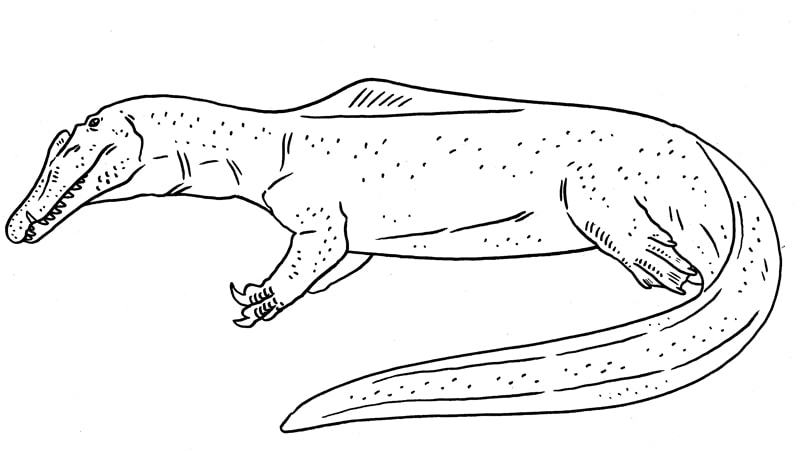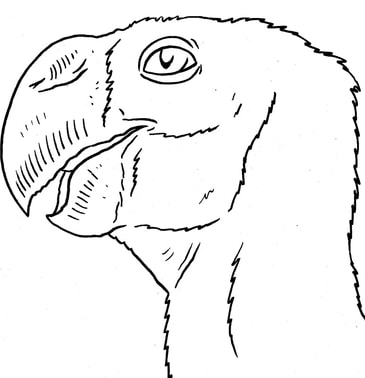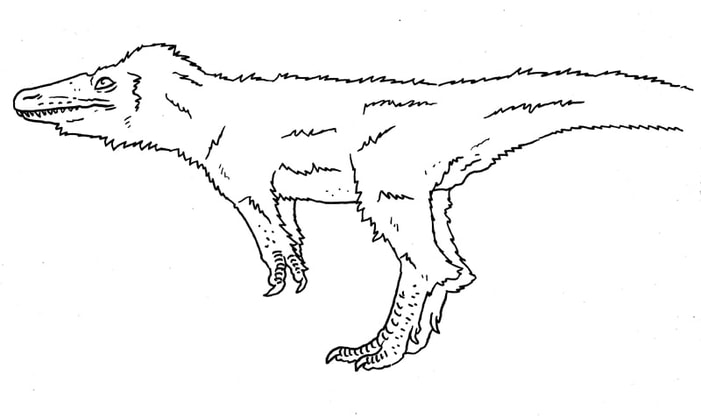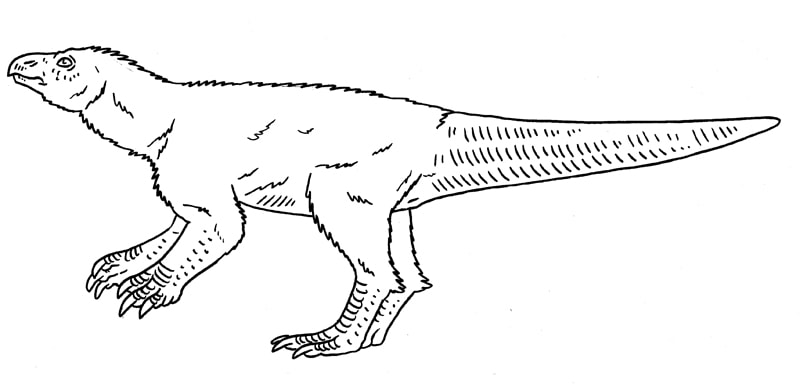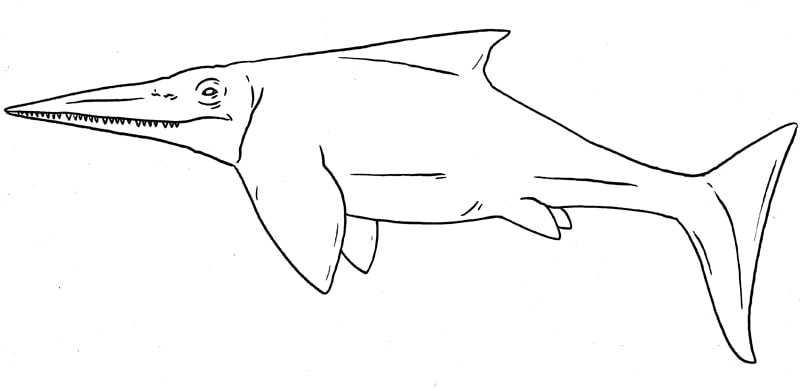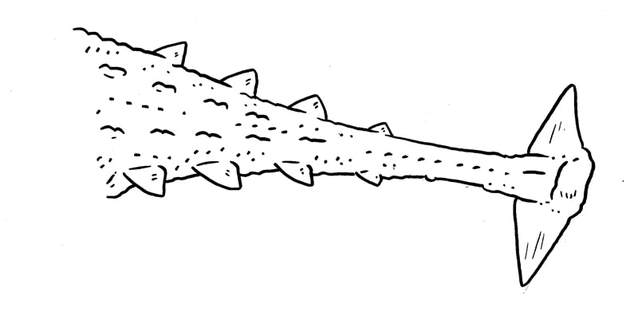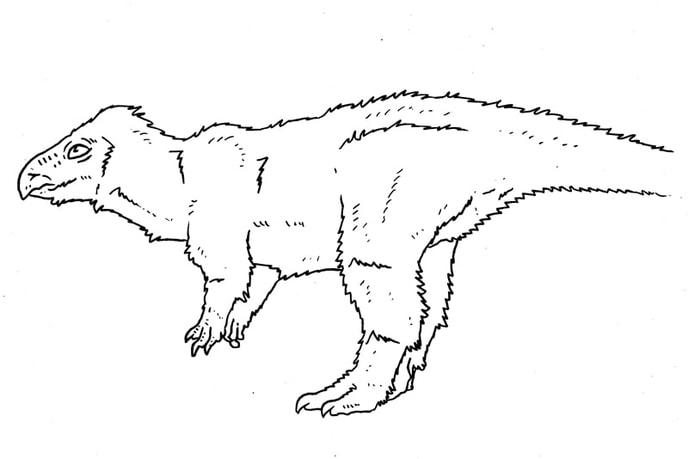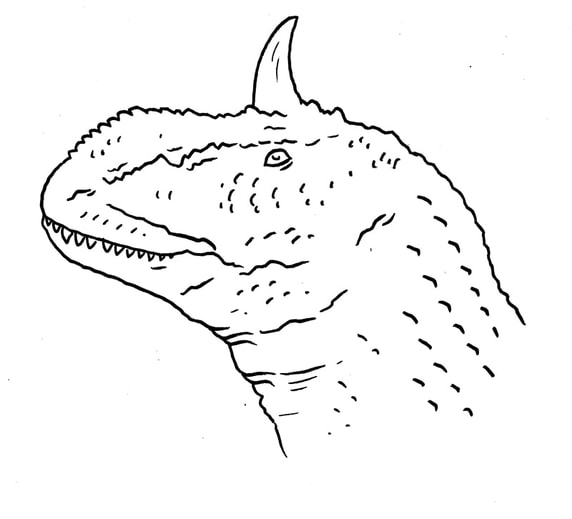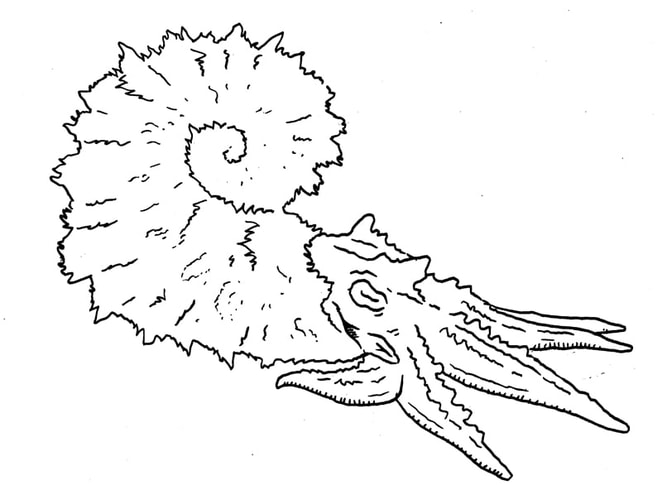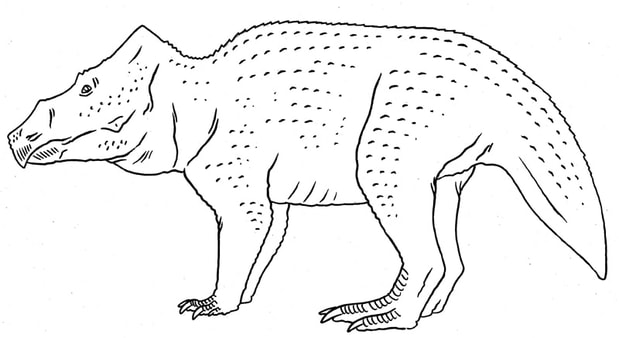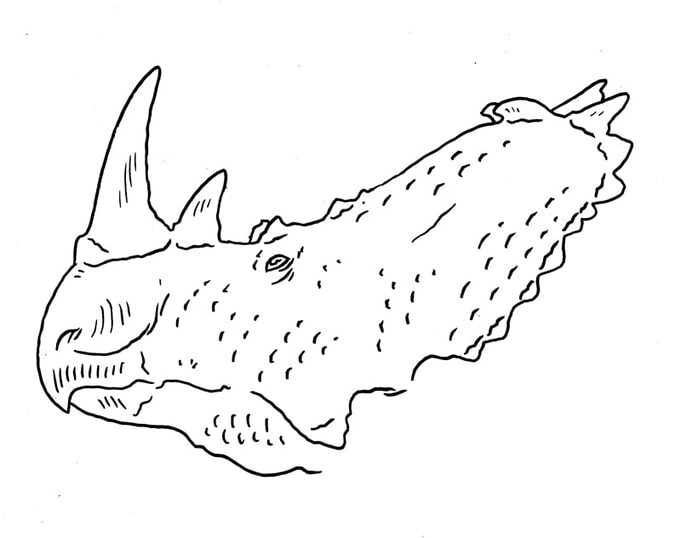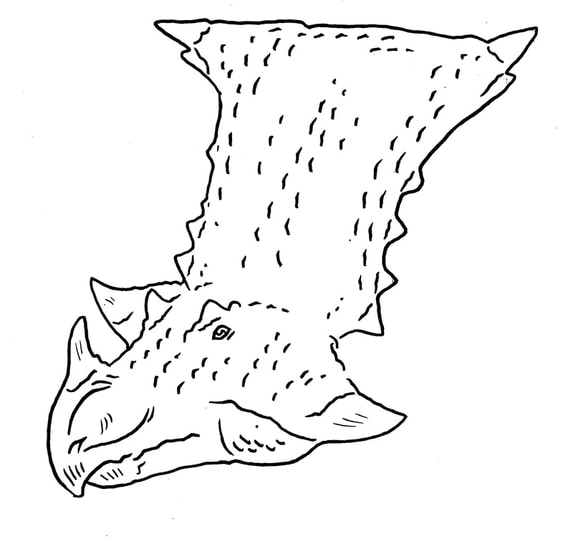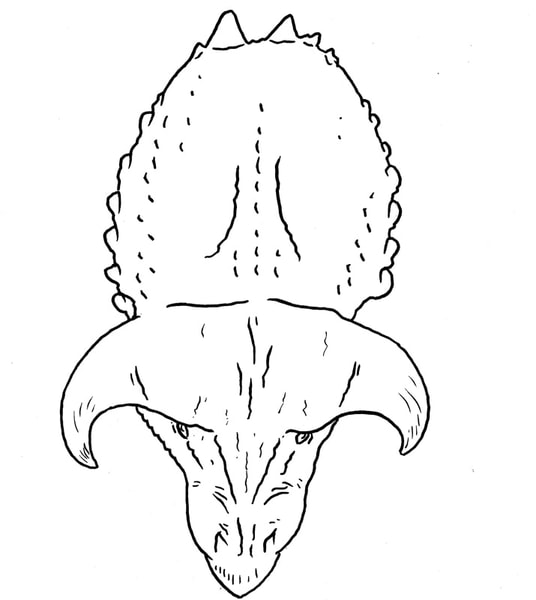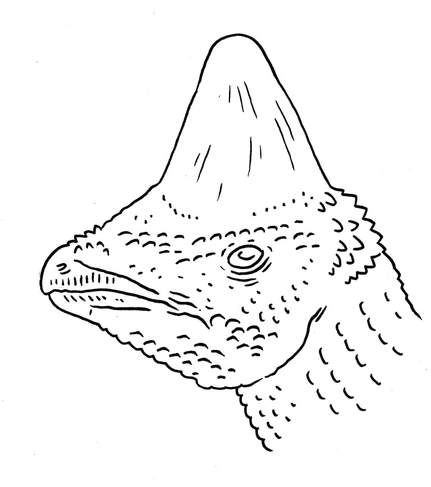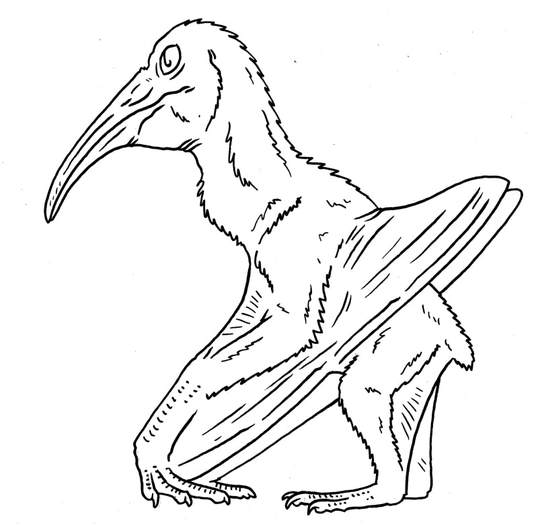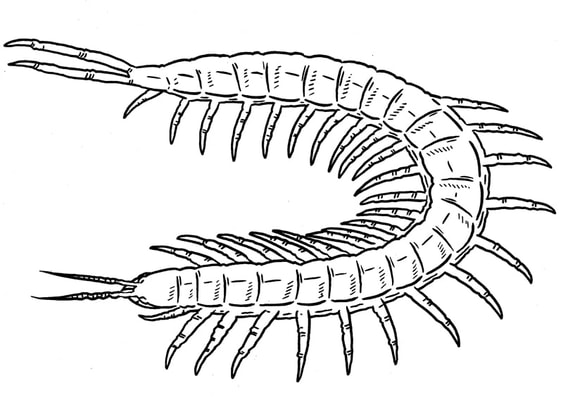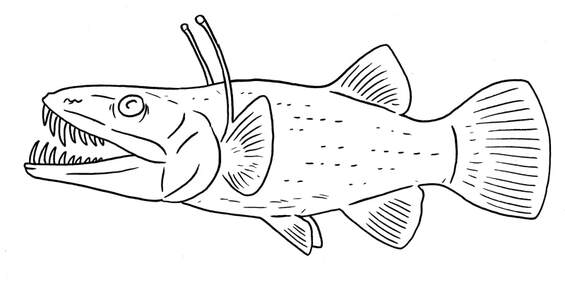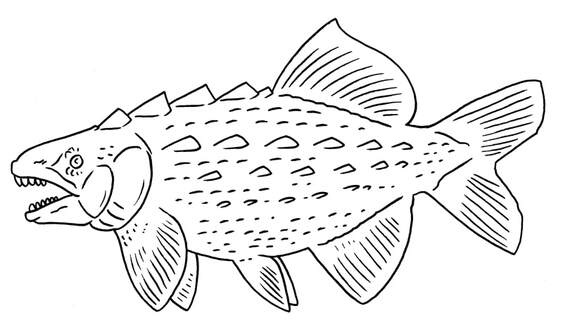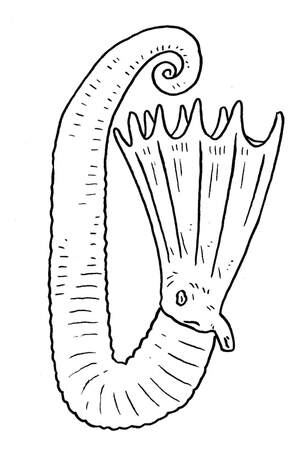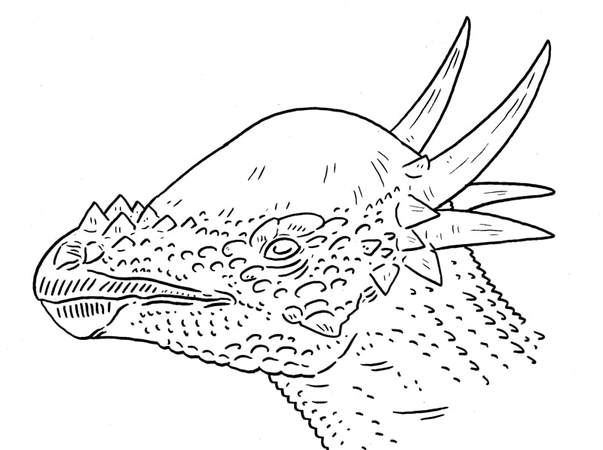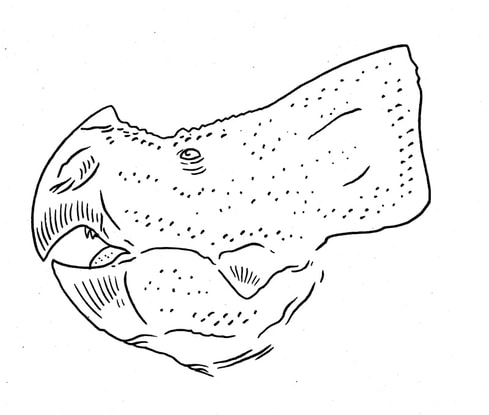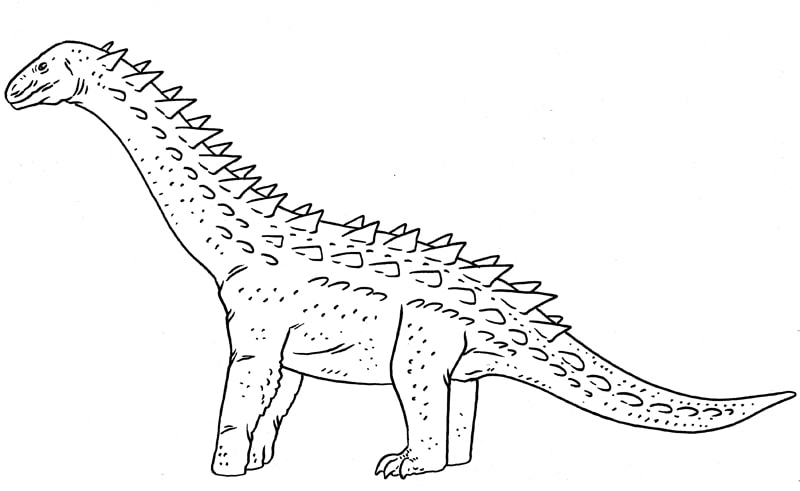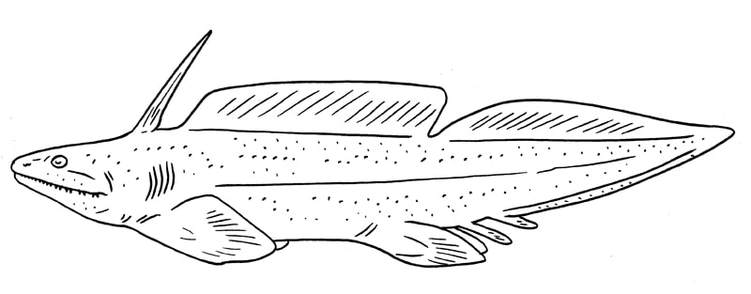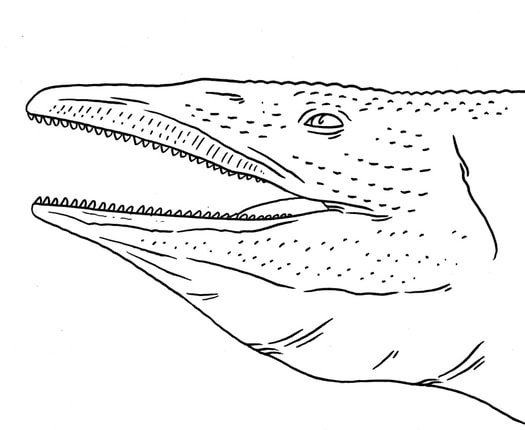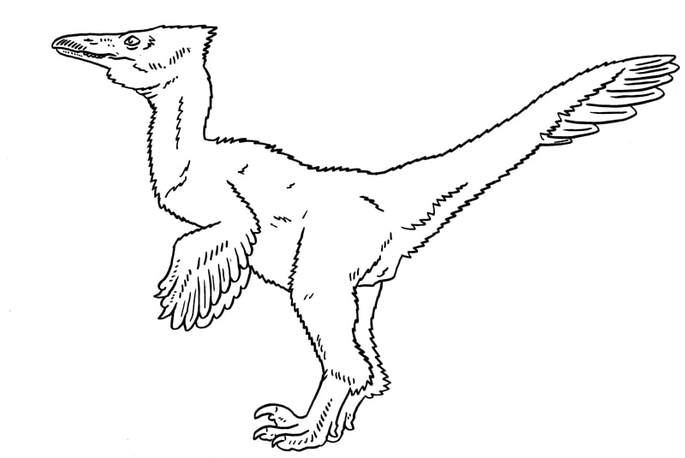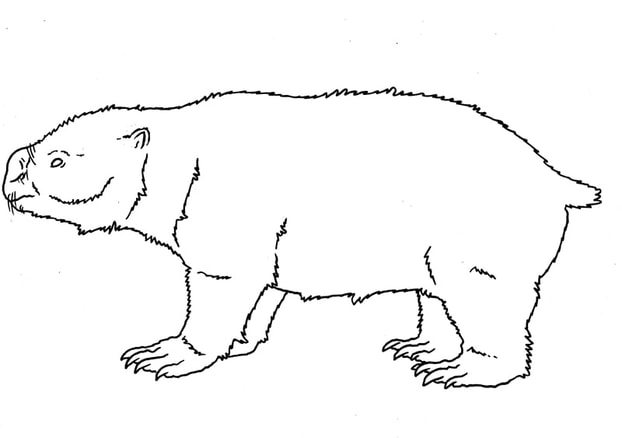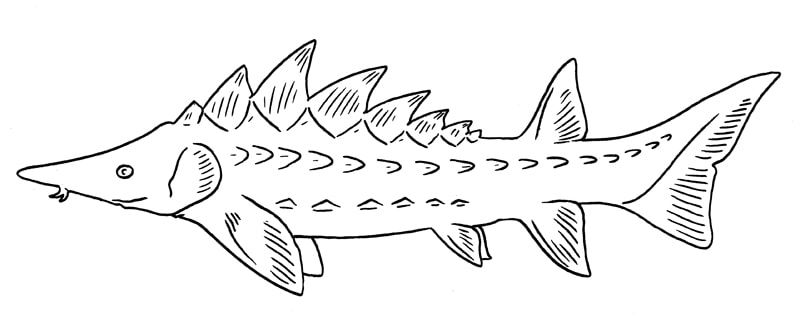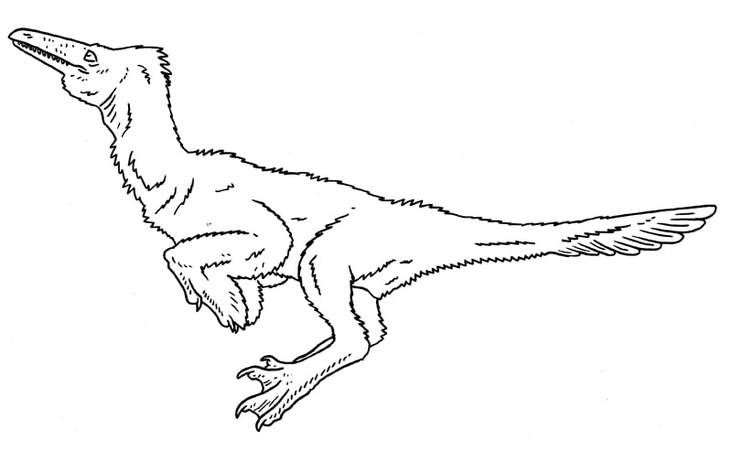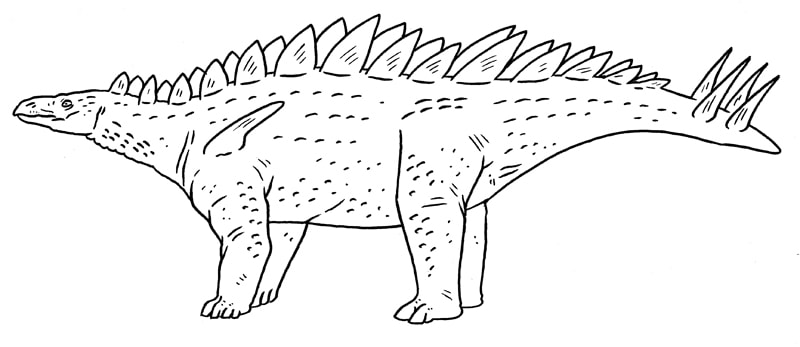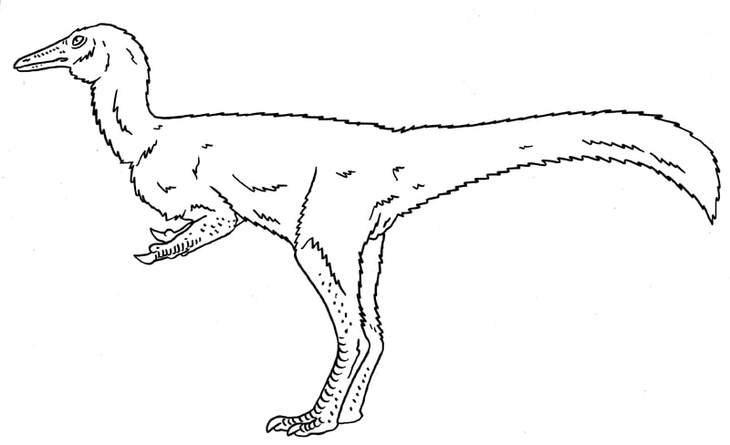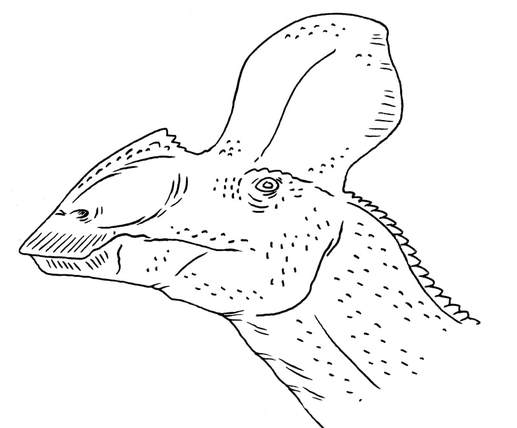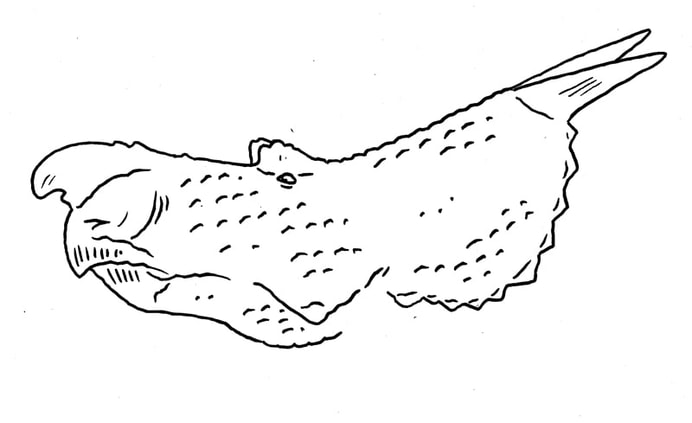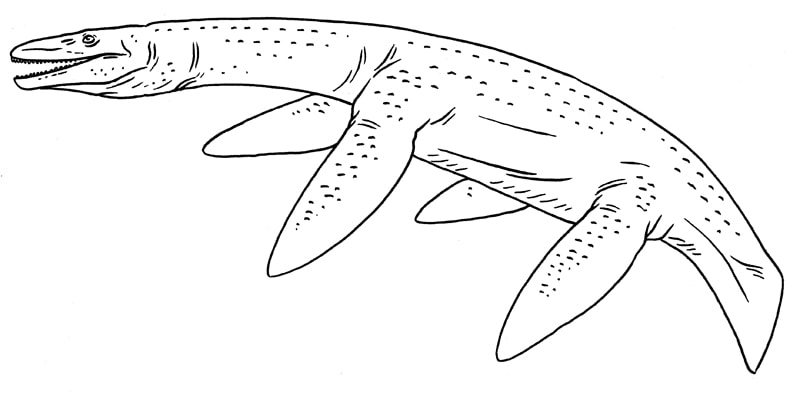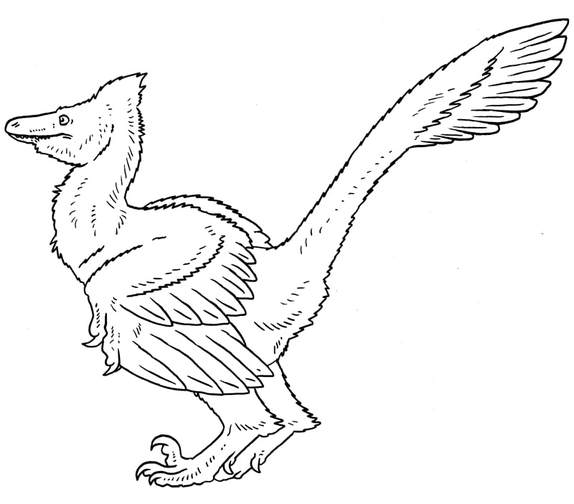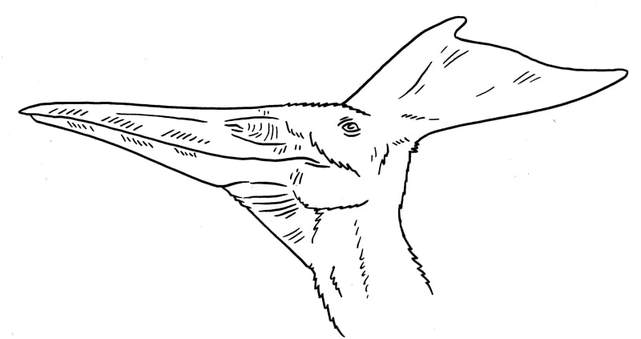Cretaceous
A relative of Archaeoceratops which is adapted for climbing and feeding in trees. Archaeoceratopsidae.
A giant primitive octopus, maybe 3 meters long. Palaeoctopodidae.
A semi-aquatic, platypus-like Monotreme that inhabits waterways on the shore of the Eromanga seaway. Monotremata.
A relative of Microraptor that is fully able to fly by flapping its wings. Microraptoria.
Aquatic, water-plant eating relative of Nigersaurus. Rebbachisauridae.
A primitive ceratopsian with quill-like protofeathers, affording it defences like a porcupine. Archaeoceratopsidae.
A relative of Hyphalosaurus which reaches a length of 3 meters, similar in size to Champsosaurus. Hyphalosauridae.
A relative of Caudipteryx that has very long display plumes on its tail. Caudipteridae.
A kind of tree fern that propagates and reproduces by being torn down or knocked over. Cyatheales.
A giant ammonite that has an array of ornamental spikes. Ancyloceratidae.
A kalligrammatid lacewing that is adapted to come out at night, and hence has camouflage patterns, allowing to to rest by day. Kalligrammatidae.
A primitive oviraptorosaur that is able to fly with large feathered wings. Stem Oviraptorosauria.
A relative of Dsungaripterus which is adapted as an omnivore that feeds by turning over stones and leaf litter. Dsungaripteridae.
A relative of Kaprosuchus, which has a sabre-toothed-cat-like arrangement of fangs. Mahajangasuchidae.
An enantiornithine which is adapted to feed on flower nectar. Longipterygidae.
An oviraptorosaur which is able to ferment plant matter in its enlarged crop, much like a hoatzin. Oviraptorosauria.
Fully aquatic spinosaur, living in large rivers or estuaries, only returning to land in order to lay eggs. Spinosaurinae.
An Oviraptorosaur that is adapted to feed mainly on small vertebrates. Oviraptoridae.
An Appalachian tyrannosaur that has become an island dwarf. Dryptosauridae.
Burrow-digging ornithopod which has large clawed forelimbs for excavating its burrows. Parksosauridae.
A relictual Ichthyosaur which is found in the late Cretaceous of Australia. Platypterygiinae.
Ankylosaur with a tail club that is pointed on each side. Ankylosaurinae.
A robust, feathered elasmarian that is adapted to the cold climates of Cretaceous Antarctica. Elasmaria.
An abelisaur with a large, pointed cranial horn. Majungasauridae.
A species of slow-moving benthic ammonite that accrues algae and encrusting organisms on its shell as camouflage. Pachydiscidae novis.
An omnivorous, boar-like Ceratopsian. Leptoceratopsidae.
A relative of Centrosaurus that has paired, rhinoceros-like nasal horns. Centrosaurinae.
A chasmosaur that has large flared jugals, with horns, that. anchor exceedingly powerful jaw muscles. Chasmosaurinae.
A relative of Nasutoceratops that has developed a helmeted, musk-ox like set of horns. Nasutoceratopsini.
A pachycephalosaur which has a tall, conical dome that is used solely for display, as opposed to physical combat. Pachycephalosauridae.
A small pterosaur which is adapted to clamber amongst the branches of flowering trees, drinking nectar. Pterodactyloidea.
A giant Cretaceous centipede that could have fed on baby dinosaurs. Scolopendridae.
An abyssal-dwelling relative of Enchodus, having anglerfish-like bioluminescent lures. Enchodontidae.
An abyssal-dwelling relative of Lepidotes, having somewhat reduced scalation. Semionotiformes.
An abyssal-dwelling relative of Dercetis, having fewer, much larger teeth. Dercetidae.
An abyssal-dwelling relative of Ancyloceras, feeding like a vampire-squid. Ancyloceratidae.
A pachycephalosaur species with large spikes resembling those of Stygimoloch, which are still present when the animal is mature. Pachycephalosauridae.
A durophagous relative of Protoceratops which feeds on wood, branches, nuts etc. Protoceratopsidae.
A titanosaur which has an extensive covering of spiny osteoderms, affording it some protection from predators. Lithostrotia.
A relictual xenacanthid shark occurring in Madagascar, having a ghost lineage since the Triassic. Xenacanthidae.
A filter-feeding Mosasaur. Halisaurinae.
An ankylosaur which is aquatic much like a hippopotamus, and accordingly has shorter legs and an even stouter body for buoyancy. Ankylosaurinae.
A relative of Troodon that has become an obligate herbivore, even possessing a beak. Troodontidae.
A gondwanathere that reches the size of a large wombat. Gondwanatheria.
A fossil sturgeon that has back plates resembling those of a stegosaur. Acipenseriformes.
A dromaeosaur that is adapted for swimming in order to prey on fish. Unenlagiinae.
A relictual stegosaur inhabiting India, that has evolved in isolation since India separated from Gondwana. Stegosauridae.
A giant alvarezsaur, perhaps 4 meters long. Alvarezsauridae.
A lambeosaur which possesses both a hollow crest and a large, Gryposaurus-like nose. Lambeosaurinae.
A dinosaur intermediate between Einiosaurus and Achelousaurus. Pachyrhinosaurini.
A filter-feeding aristonectid which reaches a greater size than any other plesiosaurian, perhaps 18m. Aristonectidae.
Tree-dwelling dromaeosaur, which is not a Microraptorian. Velociraptorinae.
A Maastrichtian relative of Pteranodon which possesses a distinctive crest. Pteranodontidae.
